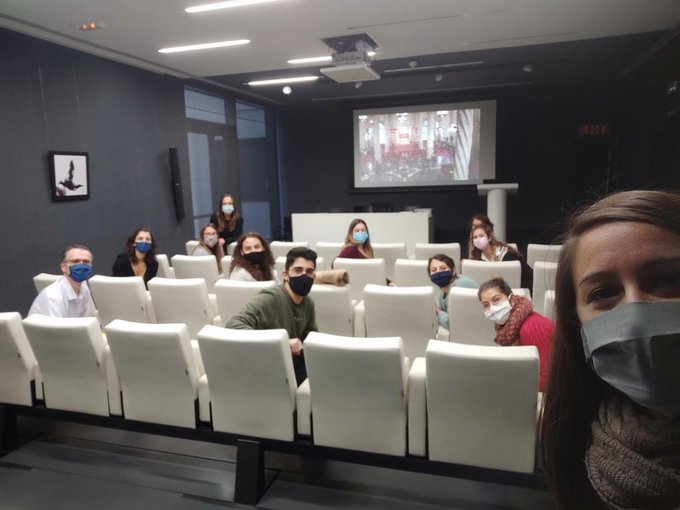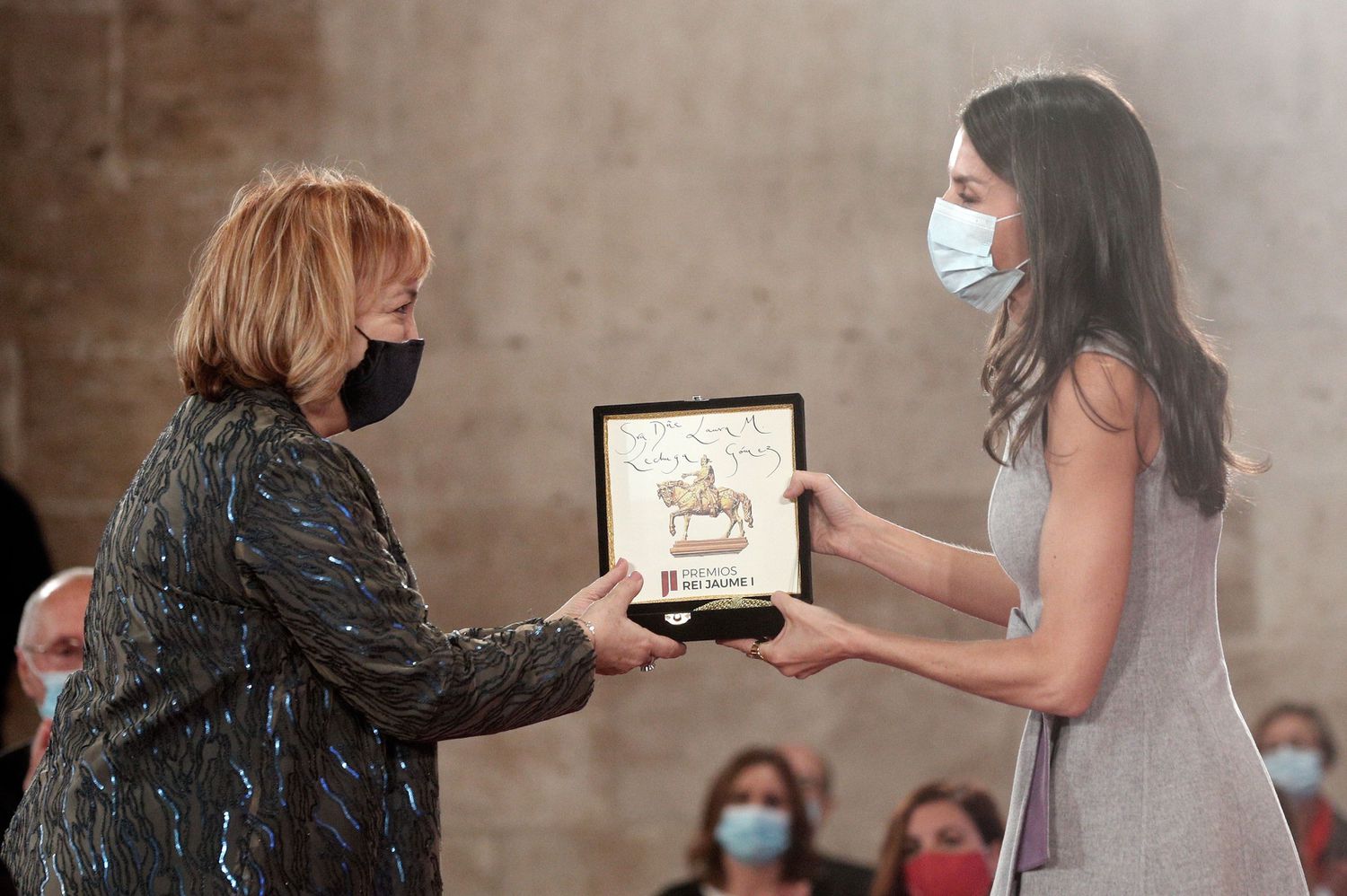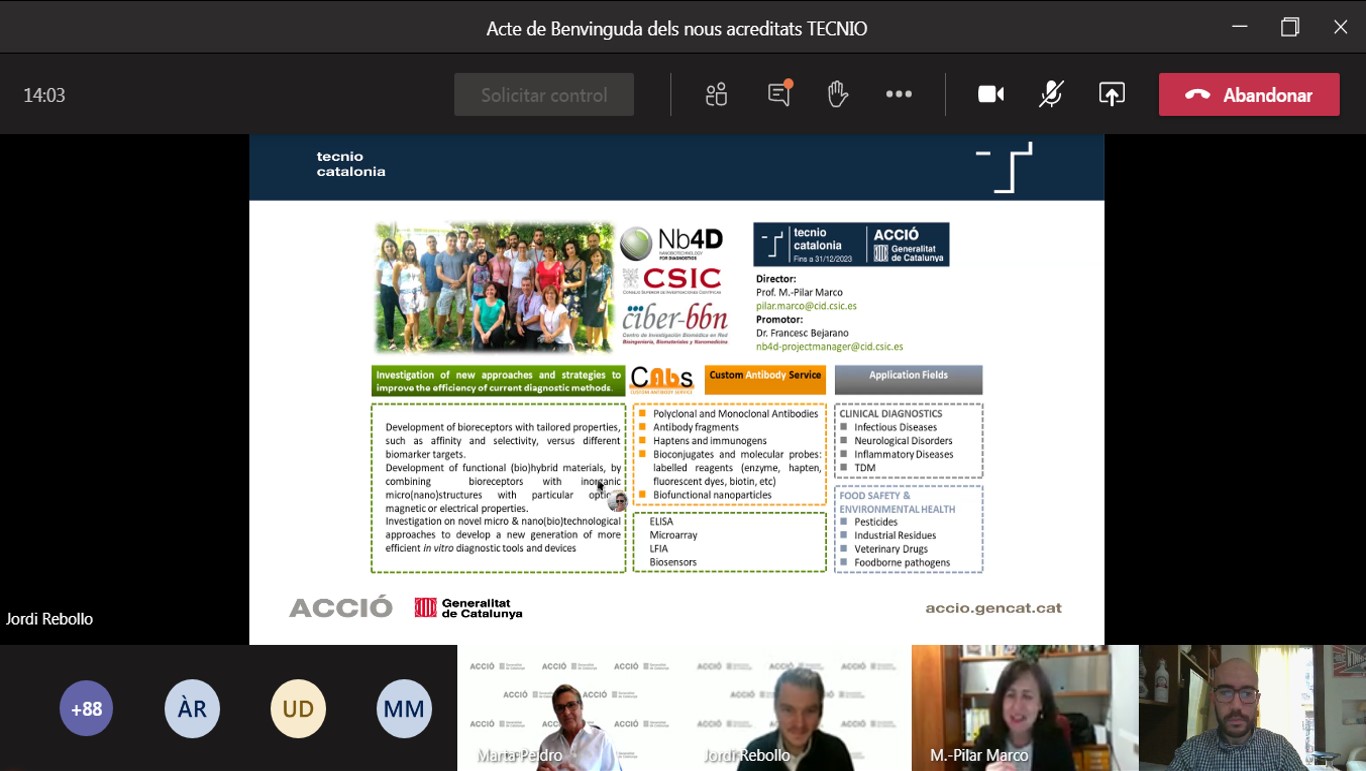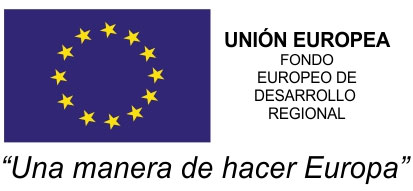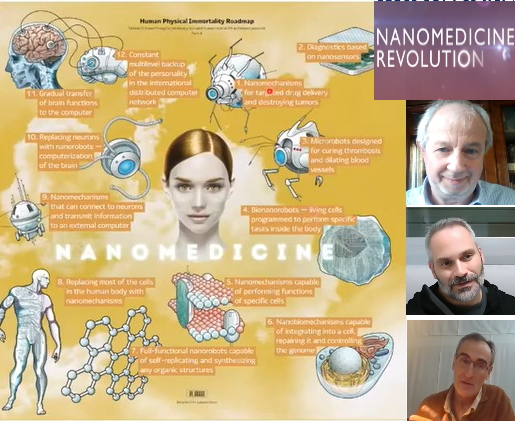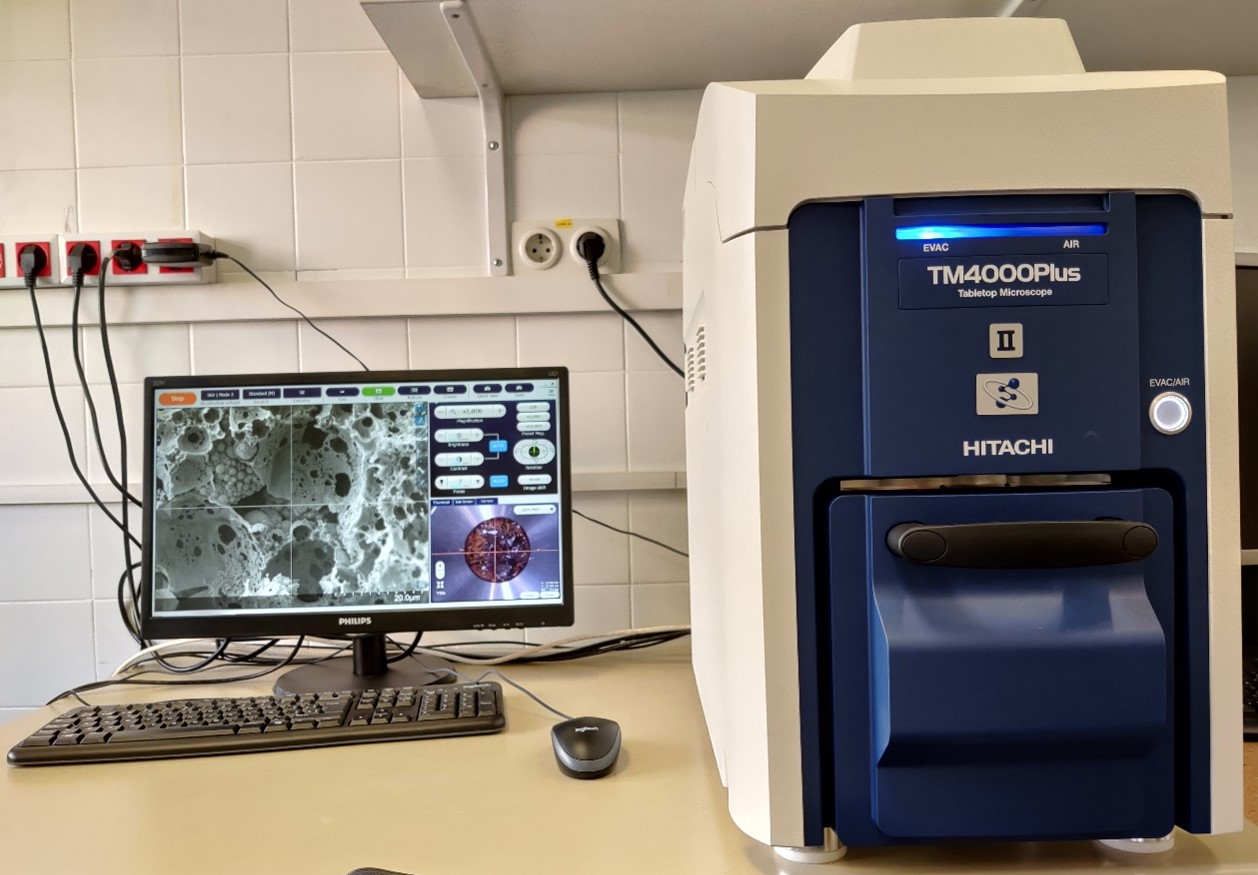2020 Rei Jaume I Awards ceremony – Laura Lechuga NANBIOSIS U4-
This monday 30 of october has taken place the traditional ceremony of Rei Jaume I Awards in Valencia, granted to six professionals in research, science and economics.
At the ceremony, the awards have been given to the winners of the six categories: Rei Jaume I Basic Research Prize 2020 to Fco. José García Vidal; Rei Jaume I Economy Prize 2020 to Diego Puga; Rei Jaume I Medical Research Prize 2020 to Miguel Beato del Rosal; Rei Jaume I Environmental Protection Award 2020 to Fernando T. Maestre; Rei Jaume I New Technologies Award 2020 to Laura Lechuga and Rei Jaume I Entrepreneur Award 2020 to Verónica Pascual.
Queen Letizia has led the event apologizing for the absence of King Felipe VI for being in quarantine, and had estated that the awards constitute “the example of how research, science, technology and entrepreneurship are the way that gives us as a society the tools to face challenges such as those that the pandemic has put on the table”. After, the Queen pointed out that “the talent, effort and generosity” of the winners of the Rei Jaime I Awards, one of the best endowed in Spain with 100,000 euros each discipline , show the ability to project a “modern, supportive and strong” Spain.Queen Letizia has emphasizes at the Rei Jaume I Awards that research is “essential” to face the pandemic.
The winners defend that the coronavirus has reaffirmed the importance of science and that the investment in science must be accompanied by a change in the model.
Laura Lechuga (New Technologies 2020 award), has called for a pact for science to provide stability because science requires long-term financing and structures, as well as decent salaries that prevent the brain drain that is formed with money public. “It is a millionaire loss,” she pointed out.
Prof. Laura M. Lechuga Gomez, full professor of the Spanish National Research Council (CSIC), head of the Nanobiosensors and Bioanalytical Applications group at the ICN2 and a member of the Networking Biomedical Research Centre (CIBER-BBN), received the New Technologies Award for her career in the field of photonic and phononic nanobiosensors. Prof. Lechuga is recently working on a EU funded project (CoNVaT) aiming to apply these technologies to develop a fast, portable and cheap device for the diagnostic of COVID-19.
Prof. Laura M. Lechuga has been recently awarded with the two most prominent scientific Prizes in Spain Rei Jaume I and the Spanish National Research Award.
The research group led by Laura Lechuga on Nanobiosensors and Bioanalytical Applications (NAnoB2A) from CIBER-BBN and ICN2-CSIC, coordinators of unit 4 ot NANBIOSIS ICTS have been folloing the Rei Jaume I awards ceremony in streaming, from the ICN2-CSIC, very proud of Laura Lechuga!
